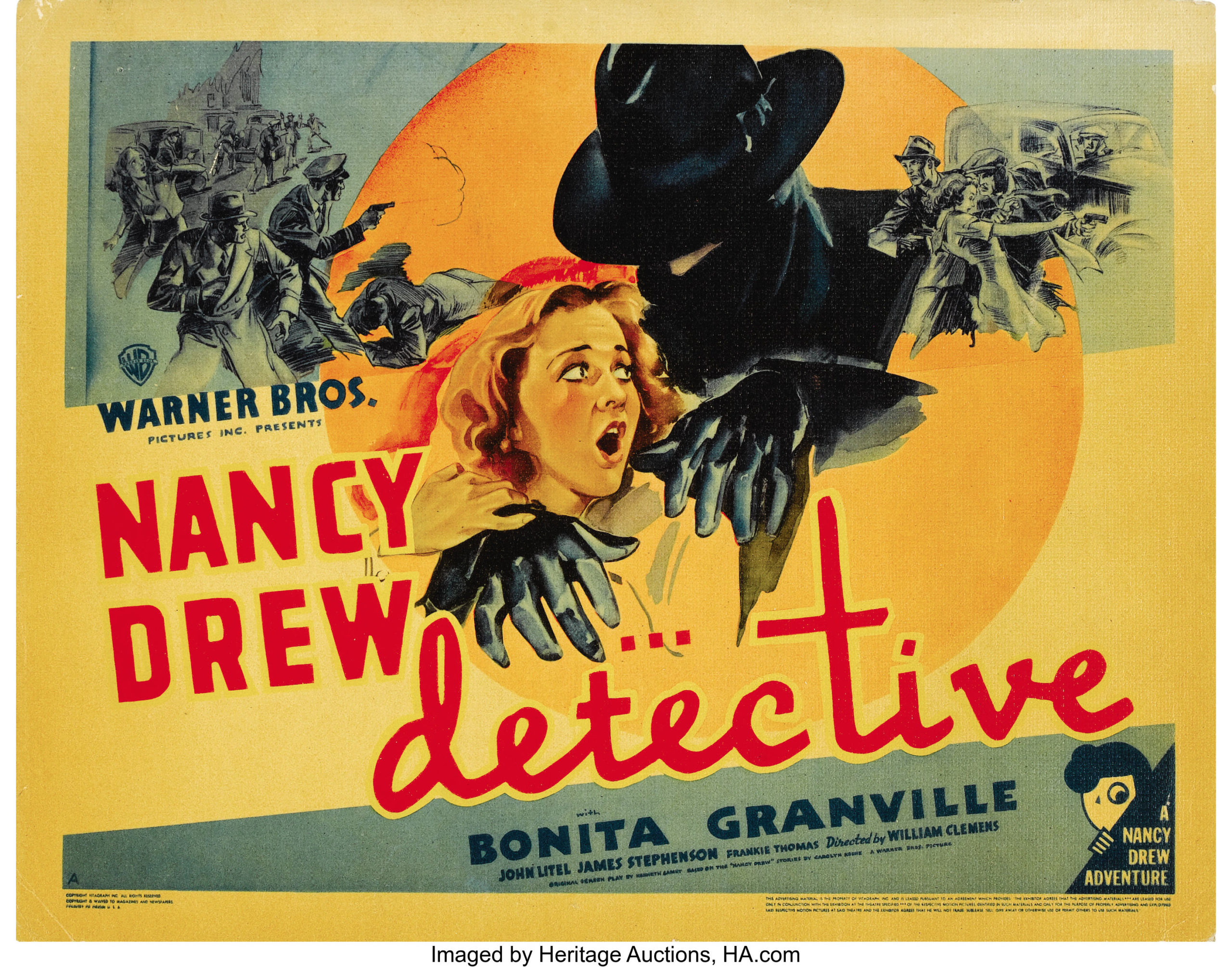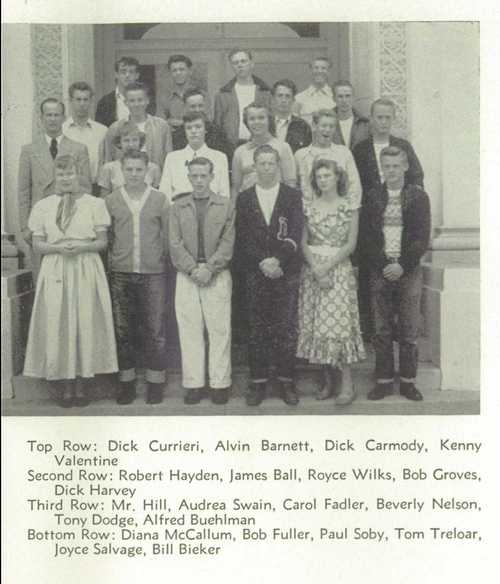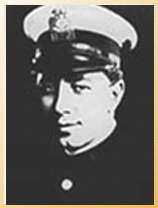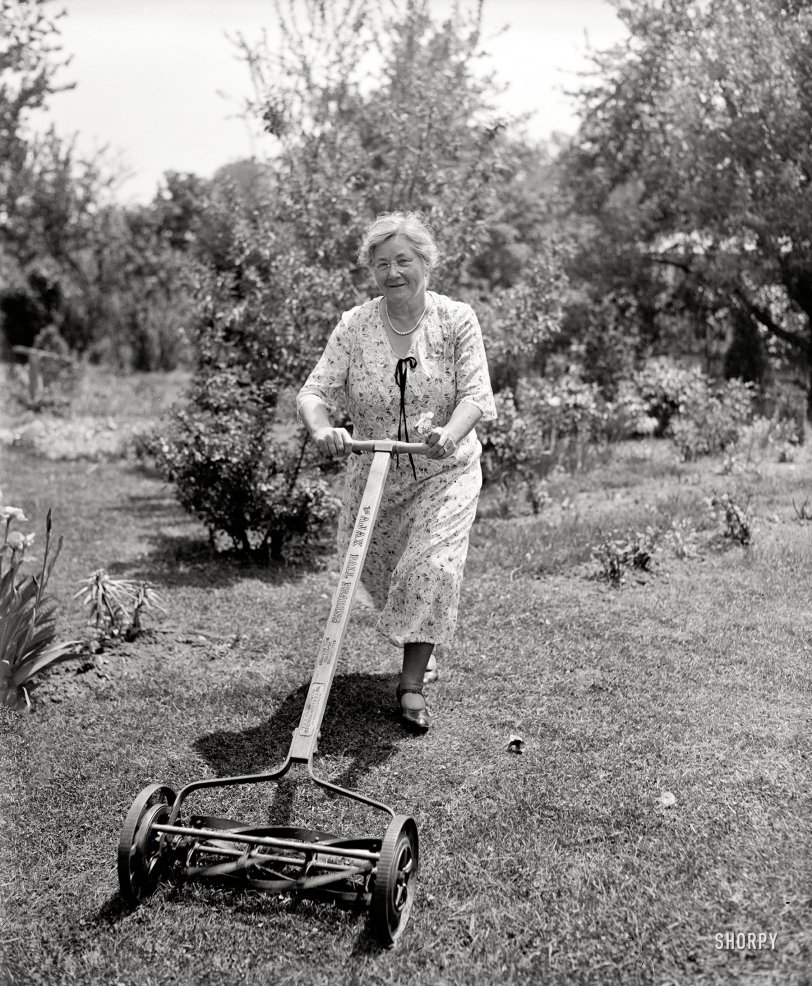Joyce found Richard peering into her refrigerator and he seemed startled when she spoke to him. Joyce couldn’t tell what Richard was doing, but she wasn’t alarmed. Richard visited Joyce and Robert so often that it wasn’t surprising to find him searching the fridge for a snack.
The refrigerator incident took on a more ominous aspect when Joyce and Robert noticed a “funny taste” in their water and milk. Then they recalled how ill Robert became after he and Joyce paid a visit to Richard at Caltech. They didn’t want to think the worst of Richard, but it got harder to believe the best.

Joyce and Robert went to the L.A. County Sheriff’s substation and told the deputies of their suspicions. They brought a bottle of milk with them that they suspected was tainted. Sure enough, an examination of the contents proved that someone had tampered with it.
On February 6, 1953, Sergeant Bert Wood and Detective A.S. Martin sent the couple out for the evening and then waited in the dark outside their home to see if Richard would turn up. He did.
Joyce and Robert routinely left their door unlocked (hey, it was Downey in 1953). The two cops watched Richard let himself in and then waited for him to come out. Sergeant Wood and Detective Martin stopped him as he exited and found two half-pint bottles of arsenic trioxide in his possession. Enough poison, said one investigator, “to kill off a whole town.”
Richard confessed he had put some of the arsenic into a water bottle in the fridge. When asked if he was trying to kill both Joyce and Robert, Richard said no. He knew Robert was the only one to drink from that bottle. He also confessed to poisoning Robert’s soft drink at Caltech and said that he tried at least five times over several weeks to kill Richard.
Why had he tried to poison his friend? He said, “I have always wanted Joyce for my wife and I felt that if my plan to poison Bob was successful, I would have a chance with her.” He continued, “I’ve never been out with any other girl–she’s the only one I loved.” Richard said he had chosen poison to kill Robert, “Because of its convenience.” He could acquire the poisons at school. He admitted that, “It could have been done in a more perfect way, but I got to where I had to do something.”

What made Richard think he had a chance with Joyce at all? According to him, he had visited Joyce many times in her home when Robert was away. He told investigators that he and Joyce had taken long car rides and walks. During their time together, Richard said he and Joyce, “talked a lot about love and marriage.”
On February 10, 1953, the Los Angeles County Grand Jury indicted Richard on two counts of poisoning with intent to kill. Each count carried a sentence of 10 years to life in prison. Joyce and Robert told reporters they bore their former friend no ill will. They felt sorry for him.

Psychiatrists Dr. Frederick J. Hacker and Dr. John A. Mitchell examined Richard. The doctors said they found indications of, “a thinking disorder, in the direction of schizophrenia.” According to the National Alliance on Mental Illness, “schizophrenia can occur at any age, the average age of onset is in the late teens to the early 20s for men.”
Was Richard schizophrenic? The doctors didn’t offer a firm diagnosis and, despite their concerns, they declared Richard was sane at the time of the poisonings and was sane enough to stand trial.
Interestingly, Dr. Hacker said Richard told him he, “wanted to take suspicion of poisoning attempts from Joyce.” Was Richard falling on his sword to protect his lady love, or was his statement a calculated move to shift blame to Joyce?
By the time his trial began in late April 1953, Richard claimed he and Joyce were having an affair. In fact, he figured that her unborn child had an 80% chance of being his and not Robert’s. In 1953, when DNA tests were decades in the future, a blood test could rule a person in or out, but that was it. No definitive test for paternity.
Joyce vehemently denied that she was romantically involved with Richard. But rumors surfaced that Richard kept over a dozen love letters written to him by Joyce while she and Robert were in Alaska. If the love letters existed, they could turn the case on its head.
NEXT TIME: A few more twists in the Love Poisoner case.













